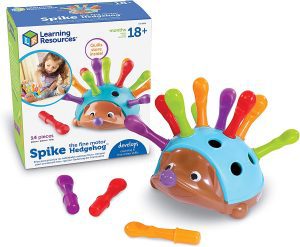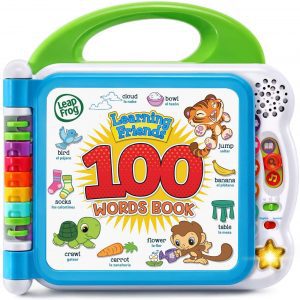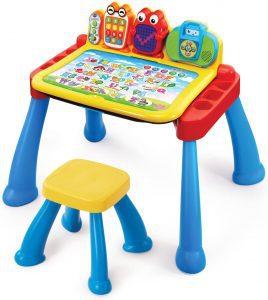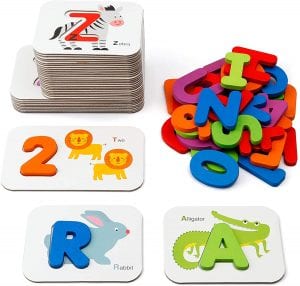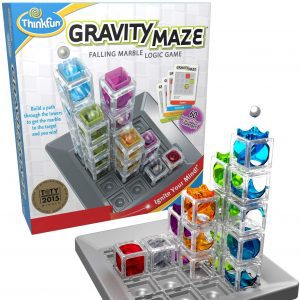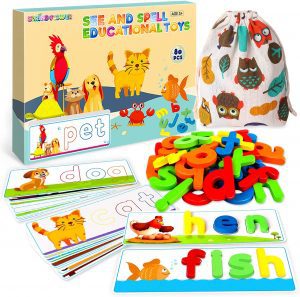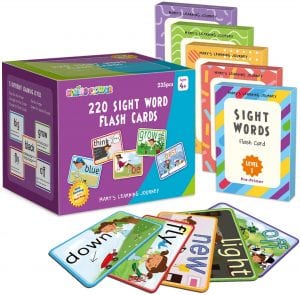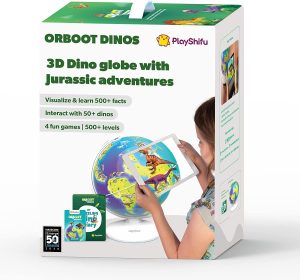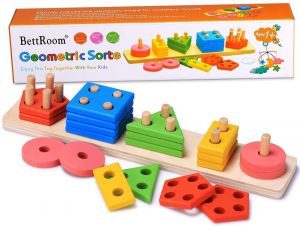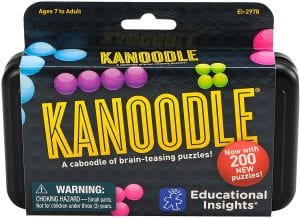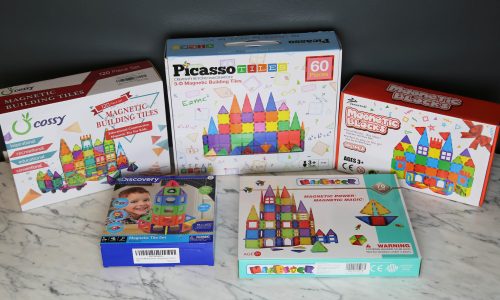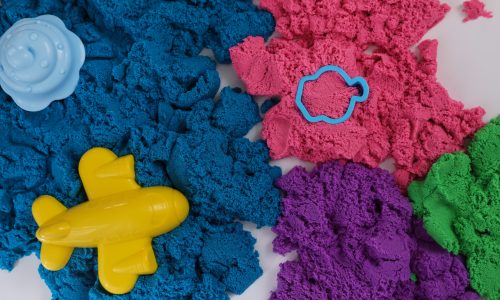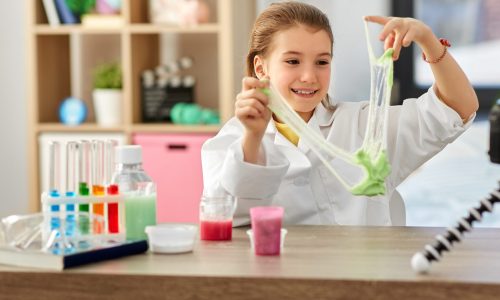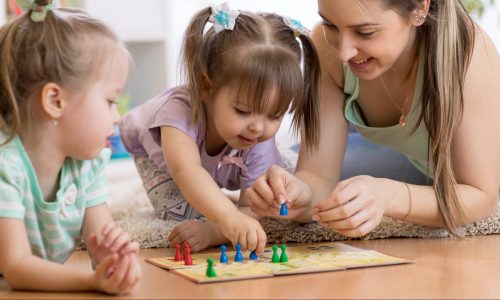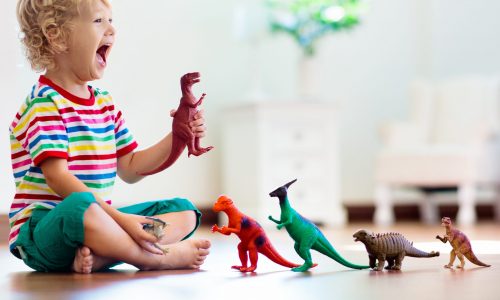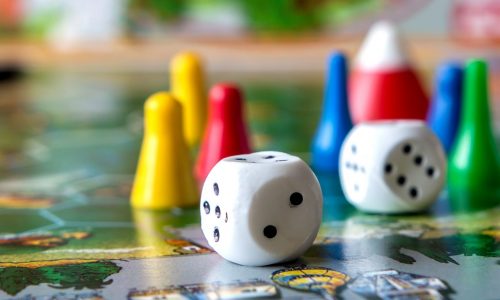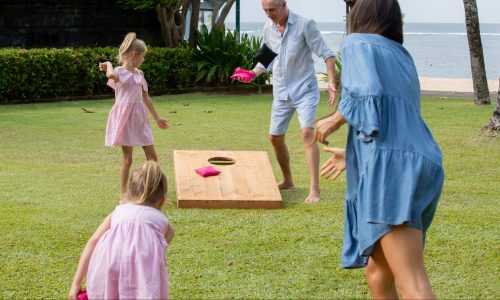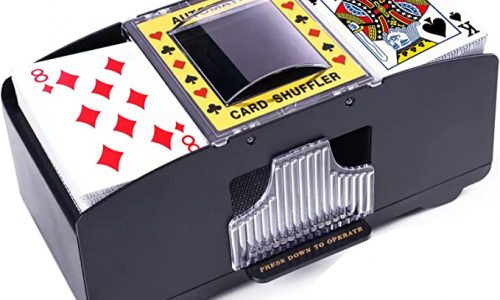The Best Educational Toys
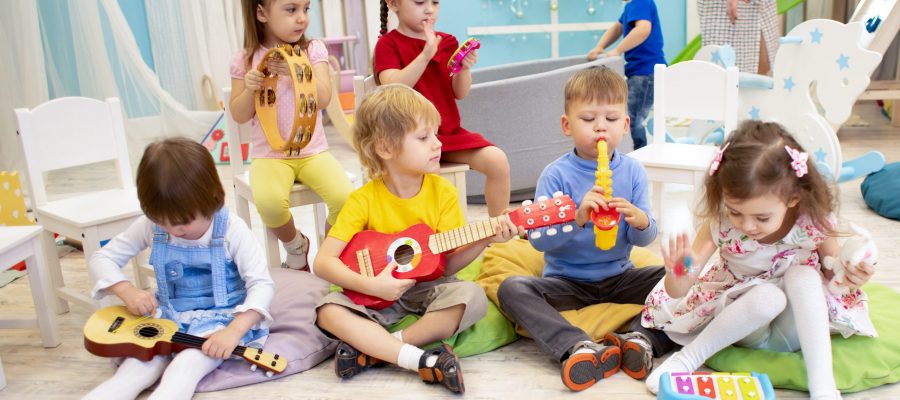
Our Review Process
Don't Waste Your Money is focused on helping you make the best purchasing decision. Our team of experts spends hundreds of hours analyzing, testing, and researching products so you don't have to. Learn more.
Our Picks For The Top Educational Toys
- 1. Learning Resources Counting & Fine Motor Skills Hedgehog Educational Toy
- 2. LeapFrog Electronic Vocabulary Skills Book Educational Toy
- 3. VTech 3-In-1 Electronic Activity Desk Educational Toy
- 4. Coogam Math & Literacy Flash Cards Early Learning Classroom Supplies
- 5. ThinkFun STEM Falling Marble Gravity Maze Game
- 6. SpringFlower Wooden Letters & Flash Cards Educational Toy
- 7. SpringFlower Language Skills Flash Cards Early Learning Classroom Supplies
- 8. Virtual Reality Prehistoric World Globe
- 9. BettRoom Stacking Wooden Geometric Blocks Educational Toy
- 10. Educational Insights Kanoodle Brain Teaser Puzzle
While this smiling hedgehog is meant for toddlers, it can actually please a variety of younger children. By playing with it in different ways, kids can learn colors and counting as well as fine motor skills. After playtime, the shell doubles as a storage bin.
Simple But EngagingCurious kids in a range of ages can enjoy pulling this cute hedgehog's quills.
Don't always have time to stop and read? Let this book do it for you sometimes. When kids touch an object on the page, they can hear how to say it, and even learn about it as their language skills progress. A Spanish setting is also handy for multilingual households.
Vocabulary BuilderThis talking toy is a helpful way for toddlers to learn their first words.
Kids ages 2 and older will have a busy day of play at this desk. As if the interactive pictures weren't enough, they can make conversation on the toy phone or even turn the desk into an easel. When older kids get bored, expansion packs can provide new activities.
Tons of OptionsThis busy desk teaches numbers, letters and much more.
Designed for ages 3 and up, these alphabet matching cards use vivid pictures and bright colors to help children develop fine motor skills, acquire color recognition and learn their ABCs.
Animals, Letters and LearningYour kids will enjoy using this set of early learning classroom supplies for hours on end.
Buying Guide
All parents love to see a big smile on their child’s face when they open up a gift. But if you’re looking out for those kids, it doesn’t take much more effort to find an educational toy that will give them just as much joy — and help them hit those crucial development milestones.
These days, it seems like half the toys you see are touted as being educational in some way. Not all of them are going to be appropriate for your child, especially if they never want to play with them in the first place. The trick is to find them something that fits an interest they already have. Assuming you know what those interests are, every age group has a few reliable go-to gifts.
For babies and young toddlers under 2, almost any toy can be an educational toy. In fact, anyone who has watched a baby play knows that they can sometimes be more interested in the wrapping paper than the gift. That’s because they’re still developing motor and sensory skills at this age, so they often focus on objects that let them do that. Brightly colored blocks are always a hit, and nesting toys will also help them fine-tune those tiny muscles. Once it’s time to start walking, toys they can pull up on will help them build balance.
While you may not think of them as toys, electronic books that talk are also great educational playthings. These books are a great choice for kids of any age, and the earlier you start reading to kids the sooner they are likely to read themselves. (For very young children, you’ll want to make sure the pages are made of plastic or some other material that can’t be ripped.)
As children get into the preschool years, dolls and puppets can help them develop their social skills, and simple puzzles are great for spatial recognition and problem solving. Around this age, you can also start introducing STEM toys that promote learning in the fields of Science, Technology, Engineering and Mathematics. Interlocking building blocks and marble runs are hits with many kids around this age, and interactive globes can teach them about distance and geography. Believe it or not, it’s never too young to start developing basic computer literacy and coding skills, and there are screen games that can impart those skills in a fun and sneaky way.
Once kids cross over into grade school, the options for STEM open up dramatically. You can now buy everything from interactive books to programmable robots that you child can build from the ground up. Don’t feel like you have to stock up on batteries, though. Analog toys like ant farms and telescopes can spark a child’s creativity just as effectively, and they can also provide a great opportunity to bond with others.
What to Look For
There is no shortage of electronic toys on the shelves, and those blinking lights and bright screens can be just as enticing to parents as they are for little eyes. But, before you fill up your child’s room with computers and other tech, remember that a toy isn’t necessarily educational just because it’s complicated — even if it claims to be. Yes, kids will clamor for anything that looks like a video game, but research conducted by the American Academy of Pediatrics has shown that those screens can stunt emotional and social development. They recommend no solo TV exposure for children under 2 years of age, and limiting viewership to one hour a day for kids from 2 to 5 years old.
More to Explore
Think of a child’s toy, and the stereotypical image that might come up is a pile of blocks with letters written on them. You can thank British philosopher John Locke for making the image so iconic.
Locke may be best known for his political theorizing, but he popularized the blocks with a mention of them in his 1693 book, “Some Thoughts Concerning Education,” to the point that the toys were frequently called “Locke’s blocks.”

